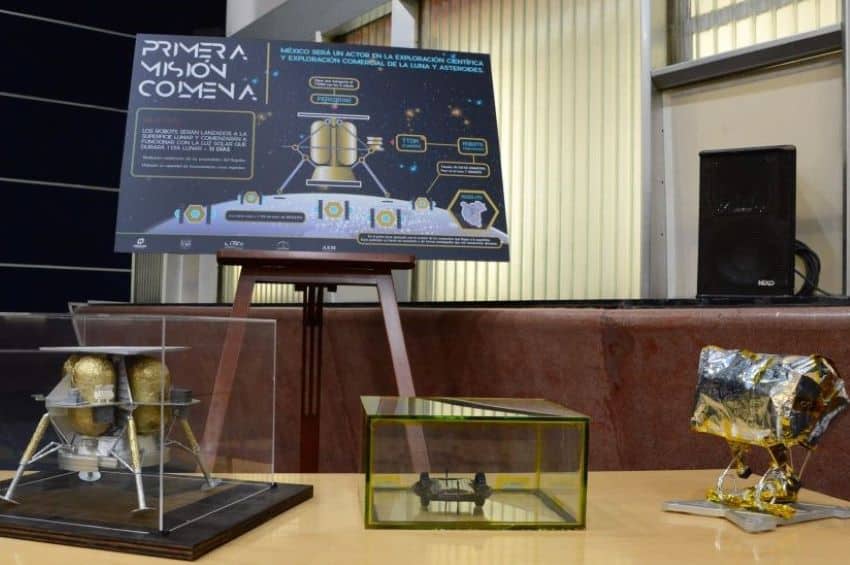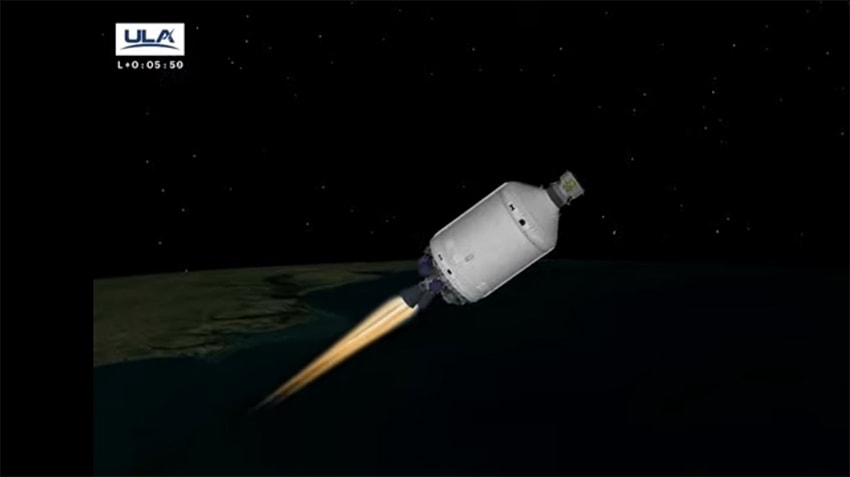A mission to the moon including five tiny Mexican robots was in jeopardy Monday after a privately built lunar lander developed a “critical” fuel leak just hours after a predawn launch from Cape Canaveral, Florida.
A “failure within the propulsion system” was threatening Pittsburgh-based Astrobotic Technology’s bid to make the first U.S. soft landing on the moon since the final Apollo landing in 1972.

The problem arose about seven hours after Monday’s 2:18 a.m. EDT launch from the Cape Canaveral Space Force Station. The liftoff of the Peregrine lander occurred via a new Vulcan rocket built by the United Launch Alliance (ULA), a joint venture of Boeing and Lockheed Martin, and a successful separation followed shortly thereafter.
At first, Astrobotic said, Peregrine was unable to point its solar panel toward the sun to collect battery power.
About three hours later, Astrobotic posted on the social media site X that it had “successfully re-established communications” and that “the team’s improvised maneuver was successful in reorienting Peregrine’s solar array towards the Sun. We are now charging the battery.”
However, minutes later, Astrobotic issued another update: “Unfortunately, it appears the failure within the propulsion system is causing a critical loss of propellant. The team is working to try and stabilize this loss, but given the situation, we have prioritized maximizing the science and data we can capture. We are currently assessing what alternative mission profiles may be feasible at this time.”

Peregrine’s touchdown around Feb. 23 was to mark the first-ever lunar landing by a private company. Only the United States, Russia, China and India have landed spacecraft on the lunar surface, and only the U.S. (five times) has put humans there.
Peregrine was the first private U.S. spacecraft to be launched as part of NASA’s Commercial Lunar Payload Services program. It is carrying about 20 NASA and commercial payloads.
Included among that are five microbots created by a team of Mexican scientists and nearly 250 university students. They were developed in the Space Instrumentation Laboratory of the Institute of Nuclear Sciences (LINX-ICN), part of the National Autonomous University of Mexico (UNAM).
“We have ‘our souls hanging by a thread’ because the ship #Peregrine, operated by the company #Astrobotic, appears to have a problem with a motor, which is now being attended to,” the UNAM’s Institute of Nuclear Sciences said in a Facebook post around 2 p.m. Central Standard Time (CST).
The Mexican microbots each weigh about 60 grams and are 12 centimeters in diameter — a tad smaller than a standard saucer for a coffee cup.
Once on the moon’s surface, the bots were to recognize one another, connect electronically and then assemble a panel that can generate energy. As per what the UNAM gazette reported in 2022, the robots would have then begun taking measurements that have never been taken before, including lunar plasma temperature and the size of particles floating just above the moon’s dusty surface.
The project, under the direction of the Mexican Space Agency (AEM), was dubbed “Colmena,” which means beehive in Spanish.
It is part of Mexico’s participation in the Artemis program, led by NASA in conjunction with six other space agencies around the globe. Formalized in late 2022, Artemis also includes emerging space programs in countries such as the United Arab Emirates, Brazil and Mexico.
